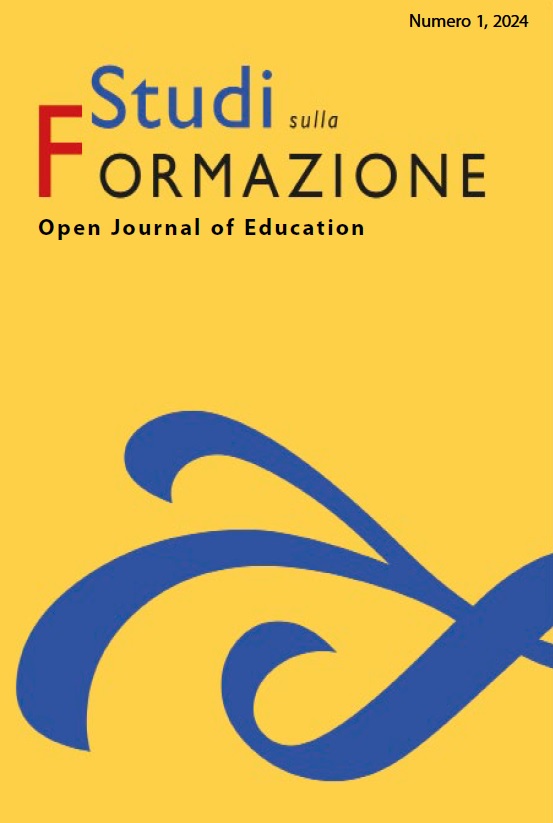Published 2024-07-24
Keywords
- children's literature,
- family,
- childhood,
- orphanhood,
- posthuman
How to Cite
Copyright (c) 2024 Giorgia Grilli

This work is licensed under a Creative Commons Attribution 4.0 International License.
Abstract
In many classic and contemporary titles of children’s literature, the traditional family has no central role. The young protagonists are almost always orphans, who grow up with aunts, uncles, grandparents, but also strangers, animals and other nonhuman beings. The strangest the figures who take care of them, the most precious they seem to be for the children to develop their own identity. Children’s literature invites us to think beyond conventional categories, as for who or what can be considered ‘family’, and it definitely does not associate this concept merely with the biological parents who are considered so important for the development and education of children in Western culture (Hillman, 1997). By portraying children who are raised by animals, find home in the woods, or are nurtured and cared for by any kind of unexpected figures (including the dead), this literature roots the child – and thereby the human being – into a deeper, wider, more ancient, net of connections. Children’s literature can therefore be useful as a meditation on our oneness with the rest of the living (and no longer living) world, and with the universe at large, it helps the reader feel part of a Whole in which no distinction needs to be made between ‘us’ and ‘others’, human and nonhuman, because everything is ontologically – but also biologically, chemically, i.e: materially – linked to everything else, in a both philosophical and ecological perspective that has inevitable influences on pedagogical theories and practices.

